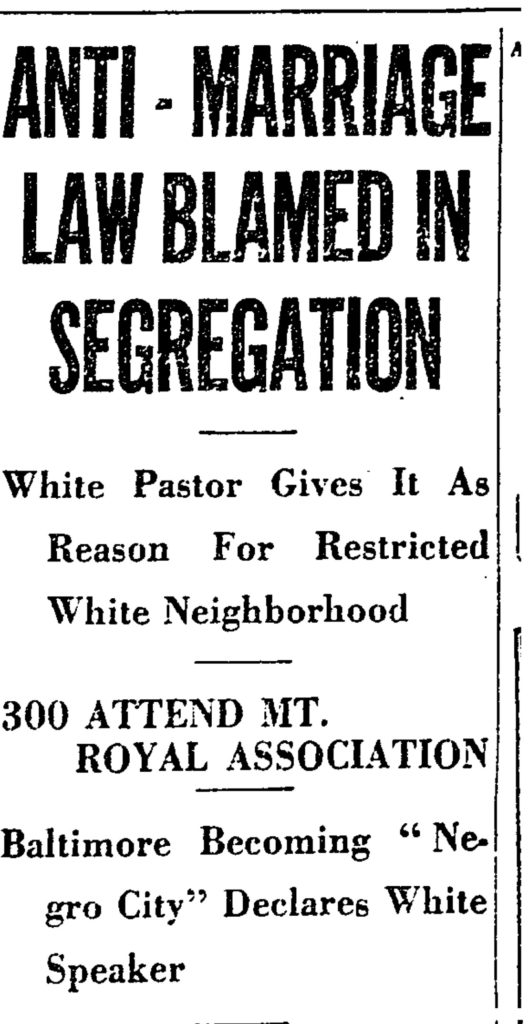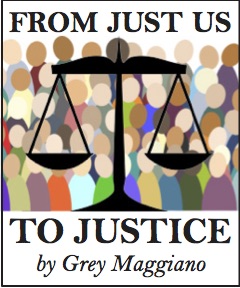One of the most frequent responses I get when I tell stories about the history of racism in Baltimore or in Bolton Hill is, “Let’s not dwell on the past.” This is usually spoken by well-meaning white people, usually over the age of 50, who don’t think it necessary to spend a lot of time talking about what life was like “back then.”
Unfortunately, this attitude ignores the fact that our history continues to influence our present reality. As MICA student Zion Douglass said so eloquently at last month’s Community Conversation on the Confederate monuments, history is a “subtle” but constant reminder that black people are not welcome here.
I frequently remind people that just because you don’t remember the past in a particular way, that doesn’t mean it wasn’t true. Black people in their seventies or eighties who grew up in West Baltimore are aware of this history, and they have shared it with their children, and their grandchildren.
So when an organization or institution—whether it’s a church like Memorial Episcopal, a neighborhood group like MRIA, a school like MICA, or any other community group—asks, why more people of color don’t belong to their group, part of the answer lies in our history. Because there was a time when black people were not welcome in our churches, in our community associations, or even on our streets.

In fact, at an early 1900’s meeting of the Mt. Royal Protection Association, a group of local pastors, including a pastor from Memorial, spoke about the need to keep the neighborhood segregated to prevent inter-marriage between blacks and whites. Maybe a reason some people of color are leery about our institutions is because historically, they have had good reason to be.
Last year, at the conclusion of our Confronting Racism Stations of the Cross, a neighbor remarked to me that she had always been a bit uneasy living in Bolton Hill, and that the process of methodically proceeding through the neighborhood, uncovering these hidden truths, speaking them out loud and pledging to not commit those sins again was a powerful and healing moment for her. Perhaps that is true for others. Perhaps it could be true for you as well.
We should tell our truths boldly. Readily uncover the history of racism, and segregation and Jim Crow in Baltimore and in our community of Bolton Hill. We should do so not as a form of eternal self-flagellation for the sins of the past, but in order to better understand how our community, our institutions, our streets became what they are today.
One way to actively participate is to join the Service of Reconciliation on Saturday, November 4 at 3:00 p.m. at Memorial Episcopal Church. This will be the final stop in the Trail of Souls Pilgrimage, an annual program put on by the Episcopal Diocese of Maryland that calls attention to the Church’s role in supporting slavery, segregation and Jim Crow in Maryland.
Memorial Episcopal in Bolton Hill will be the final stop on the pilgrimage, and the program will conclude with a service of reconciliation led by Bishop Eugene Sutton, the first African American Bishop of Maryland. It will include the St. James’ Gospel Choir and feature a talk given by Dr. Ray Winbush, the Director of the Institute for Urban Research at Morgan State University. This service is open to anyone in the community who would like to participate.
Let’s dwell a bit on the past, on purpose, to create a better present and better futures for all.
Register here for the Trail of Souls Pilgrimage, Saturday, November 4, 9 a.m. to 5 p.m. Meet at the Diocesan Center, 4 East University Parkway, Baltimore.

